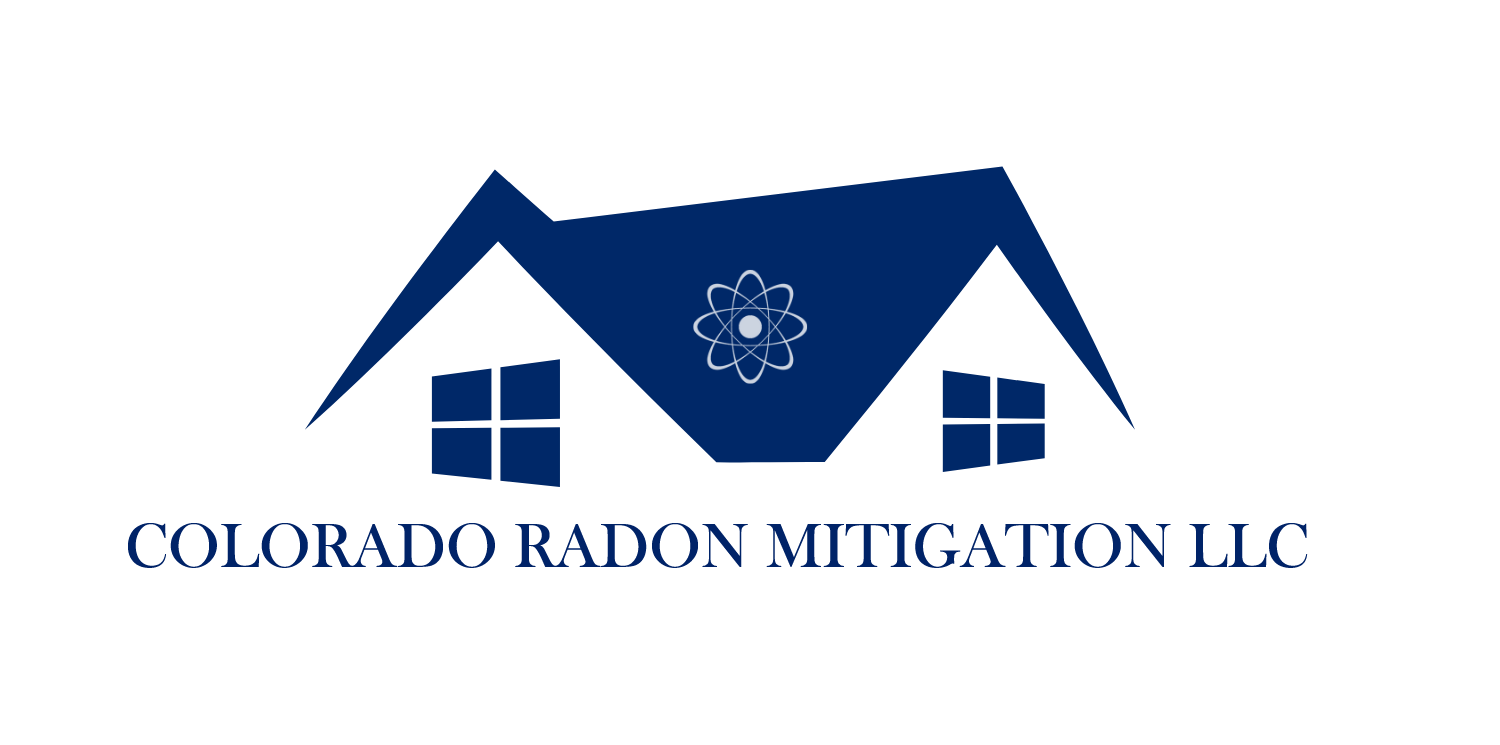When radon levels inside your house are high, this colorless, odorless, and tasteless gas can be rather dangerous to your health. This naturally occurring radioactive material can seep into structures through gaps in the foundation, cracks in the walls or floors, or openings around service pipes. Given its rocky landscape, Denver is especially ready for elevated radon levels; hence, residents need to take preventative measures. Here are the critical actions you should perform if your Denver house has a high radon reading.
Understanding Radon and Its Risks
Understand what radon is and why it’s dangerous before starting the stages. Nearly all soils contain uranium, which naturally decays to produce radon. Through cracks and other openings in the foundation, it ascends through the earth and into your house. Your house may eventually have dangerously high levels of radon gas buildup. Lung cancer is the main risk from extended exposure to high radon levels; after smoking, radon is the second most common cause of lung cancer in the US.
Step 1: Confirm the Test Results
The first thing to do if a radon test you’ve done indicates high levels is to follow up with another test to be sure. Testing has to be conducted in a closed-house setting, which means that all windows and doors have to be closed save for those used for regular entry and exit. If the first test was short-term, think about doing one longer to get a more precise result.
Step 2: Research Local Mitigation Professionals
It’s critical to get in touch with radon mitigation experts as soon as you have verified excessive levels. Seek out licensed and experienced Denver radon mitigation professionals with a history of successfully lowering radon levels within houses.
Step 3: Evaluate Mitigation Options
When you meet with radon mitigation experts, they will suggest various methods to reduce the radon levels in your home. Common techniques include:
- Sub-slab decompresses: Installing a vent pipe system and fan to pull radon from beneath the house and vent it to the outside.
- Sealing cracks and openings: Sealing helps limit the flow of radon into your home and makes other mitigation techniques more effective and efficient.
Step 4: Implement the Mitigation System
After determining the best mitigation strategy, have experts install the system. Usually taking less than a day to install, you should notice a drop in radon levels nearly immediately. For the system to be safe and effective, installation must adhere to EPA safety regulations.
Step 5: Retest Your Home
Retesting your home after the mitigation system is installed is essential to make sure the radon levels have been effectively lowered to safe levels. To allow the system time to stabilize the radon content, testing should be carried out 24 hours after it has been put into use.
Consult with Experts

Seeking advice from radon mitigation specialists are advised if a high radon level is verified. These specialists are qualified to evaluate your house and suggest the best line of action. They are qualified to determine the best options catered to the particular requirements of your house.
Installation of a Mitigation System
The correct installation of a mitigation system depends on hiring a licensed radon mitigation contractor. To ascertain which system configuration will suit your house the best, the contractor needs to run a diagnostic test. Verify the contractor you select has radon mitigation certification and experience.
Preventive Measures
To prevent future radon issues, consider the following measures:
- Regularly check and maintain your radon mitigation system to ensure it is operating correctly.
- Conduct radon testing every two years or after any significant alterations to your home’s foundation, heating, ventilation, and air conditioning systems.
- Educate yourself and others about the risks of radon and the importance of regular testing.
Conclusion
Dealing with a high radon reading in your Denver home can be daunting, but with the right approach, you can effectively reduce radon levels and protect your health. If you’ve confirmed high radon levels in your home, don’t wait. Explore Colorado Radon Mitigation for a thorough assessment and expert installation of a radon mitigation system tailored to your home’s needs. Ensuring your indoor environment is safe from radon is a critical step in protecting the well-being of you and your family.

